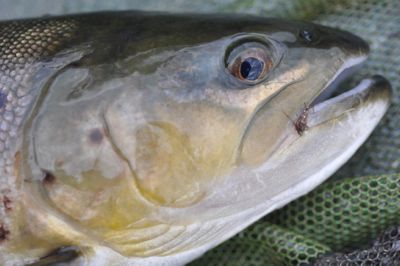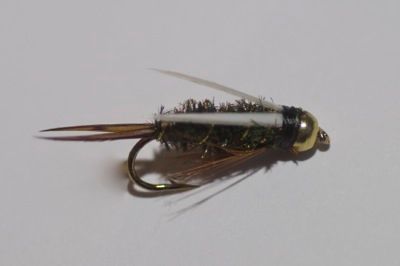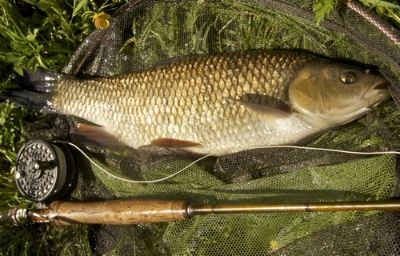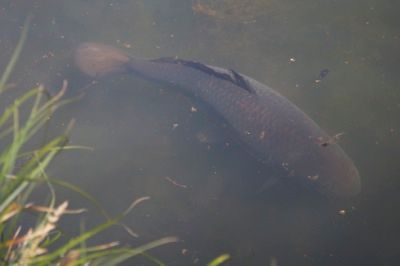With the warmer days of summer upon us, we’re approaching the best time of the year for sight fishing. Whether the quarry is trout, chub, carp and any of the coarse species, these tips and fly patterns should stand you in good stead.

1. Who spotted who?
Fish can spook easily on bright days. Do move slowly and carefully on the water, and watch the position of the sun to avoid throwing a shadow over the fish. Remember, if you can spot a fish, you only need one good cast to catch it. Far better to make one or two really good casts than to rush in and make many.
Chub are especially spooky, with trout a close second. Remember that these fish tend to face into the flow, so cast upstream to them if you can.
2. Subtly does it…
Fish are often more suspicious of flies in clear water, so it often a question of going a bit smaller. A Beaded PTN or Copper John is excellent for trout on rivers, while a classic Stalking Bug is often the favourite for stillwater rainbow trout. If the fish are spooking, try smaller versions of your favourite flies.

That said, stalking with a fly rod can work excellently for perch and chub, both of which like a good mouthful. For chub, try a large dry fly such as a Hopper, Kicking Beetle, or Black Cricket. If they won’t move from cover, a small streamer can work. The same is also true for the perch: try a Woolly Bugger or Perch Special.

3. Cut down on false casts:
Most fly fishermen make too many back casts. Ok, so it’s not a shooting offence, but the more times you put that fly line through the air, the more likely the fish are to take cover. Try making just one back cast if you can. Keep everything smooth and deliberate, and make few but clean casts.
4. The anticipation is killing:
Stalking is very often a game of clear anticipation. It is about presenting the fly where the fish can see it, but not spook it. Casting a slow sinking fly so that it just nestles into the path of a sighted fish is a real art form, but only truly comes with practise.
Try not to alarm fish by casting too close to them- fish aren’t stupid and as tempting as they look sitting there, you don’t want to be hitting them on the head. Even pike will spook with the wrong cast.
Clear water is often deceptive, and it can take a few seconds for the fly to sink. Try beaded nymphs if the fly isn’t getting down to the fish quickly enough.

5. X-Ray Specs
It should be bleeding obvious, but don’t forget a good pair of polarizing glasses. They’re easily lost or abused, so buy a spare pair for the car and keep your best on a lanyard. That is all (says the man on his thirteenth pair).

6. Ready to strike:
Be honest, how many times do all of us spot a fish, but not react quickly enough? Tangled line or a loose fly can take vital seconds to sort out- and this stalking style of fly fishing is all about taking opportunities at a moments notice. The remedy is simple: keep the fly located in one of your rod guides, and your fly line tidy and to hand.
Follow Turrall for the finest flies and latest news... Do like and keep an eye on our new Facebook page and twitter account for regular tips, pictures and updates.